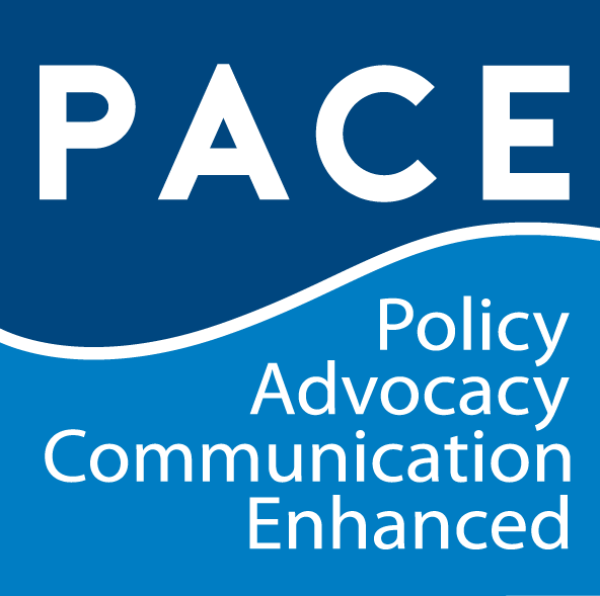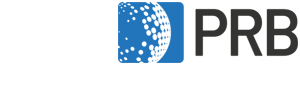The From Research to Policy module provides an introduction to policy and explores how research can influence the policy process. Participants consider the policy context they wish to influence, explore different types of barriers to informing policy, and apply a model of policy change that can be influenced by research. This module introduces a framework for policy change that forms the foundation for many subsequent sessions in the curriculum.
At the conclusion of this module, participants will be able to:
- Identify policies and policy stakeholders at multiple levels (such as community, institutional, sub-national, and national).
- Identify information needed to understand the policy landscape for a specific issue.
- Identify three or more barriers to research informing policy.
- Describe the Windows of Opportunity policy change framework.
- Identify three strategies that researchers can use to create a window of opportunity for policy change.


